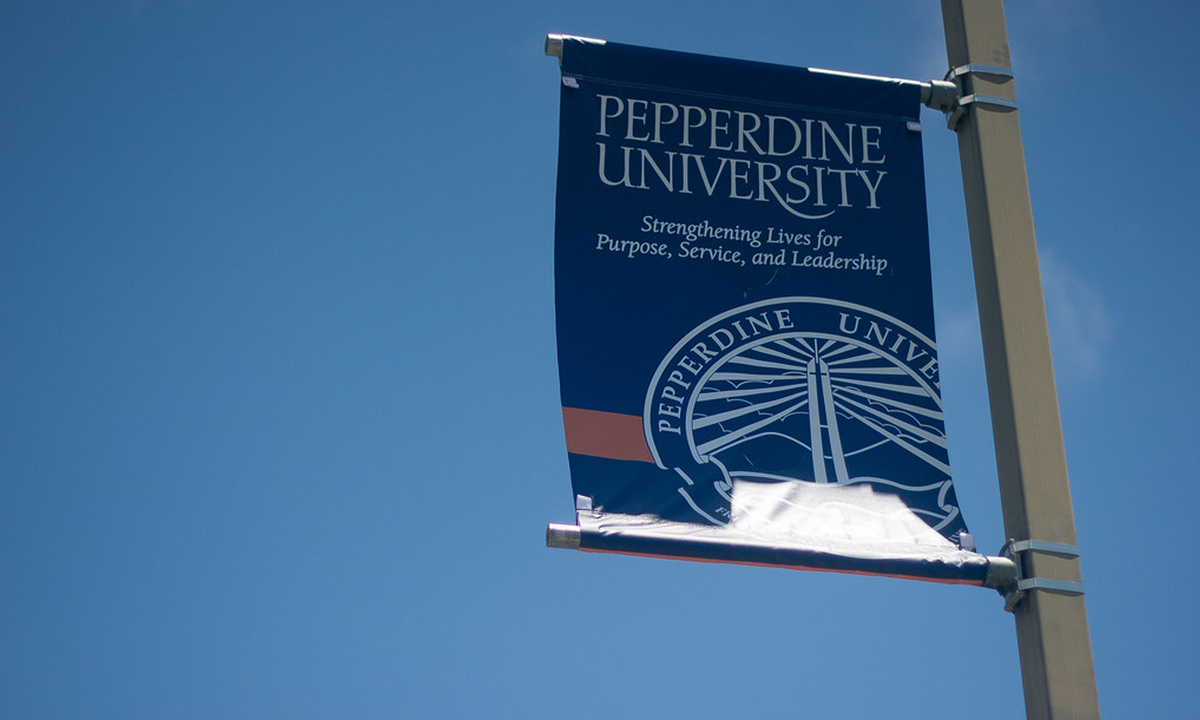Written by Julianne Foster
In May, University of California President Janet Napolitano anticipated that most UC campuses would function with a hybrid system of online and in-person classes for the fall. Now, eight out of nine UC schools have released their plans to hold classes online. State schools—more so than private universities—seem to prioritize the guidelines and precautions set by the state over the educational needs of students.
The UC’s decision is in line with the state’s two other public higher education systems: California State University and California Community Colleges. These school systems will primarily hold their courses online for the fall.
To return to campus, students and faculty would need to be regularly tested, which would cost the UC system an estimated $24 million per week. The state school system is receiving a 10 percent cut in funding from the state and is losing money from students withdrawing food and housing contracts as well as UC hospitals not being filled. Napolitano and all of the UC campus chancellors are also taking 10 percent salary cuts.
Even with the option of endowment funds to tap into, university leaders are contemplating a five percent tuition increase to gain back some of the $370 million they have lost due to state budget cuts. Schools are facing a decrease in funds and increasing bills to ensure the safety of their students, while students are struggling to gather funds to even return to school. Online classes could allow UC schools to avoid large costs that come with regular testing and the necessary protocols to keep campuses clean if students were to return.
Students were forced to endure online classes this spring when COVID-19 began to seriously impact the country. Now, many of them are worried about another semester with an overload of work from professors who do not understand the wide range of new problems students face learning from remote locations. This has led some schools to face a decrease in attendance as students decide they cannot receive the education they are paying so much for through online classes.
State schools have decided the risk of their student’s health and safety is greater than the effect online classes could have on their educational and career success. Private universities, on the other hand, seem to have a more balanced view of the pandemic situation, listening to the concerns and needs of students.
Private universities such as Azusa Pacific, Biola, Cal Baptist, Point Loma Nazarene, and Pepperdine are reopening their classes for a majority of in-person opportunities with online options also included. The schools are preparing their campuses to correctly follow the state’s guidelines and ensure the safety of students and faculty while also listening to their needs for in-person learning.
Biola University is planning to reopen the campus for face-to-face learning, which will transition to online after the end of Thanksgiving break, protecting students from a higher risk of contracting the virus if they were to return to campus from potential traveling at a time of year when COVID-19 cases may increase alongside flu season. Biola has also prepared to “seamlessly” transition to online classes during the semester, should the threat of the virus become severe in the area again.
Biola University President Barry Corey was active in facilitating online classes during the spring semester and organizing calls with faculty members to discuss their learning environment and hear from students directly. In a video release about their plans for the fall semester, Corey said he “couldn’t be happier” about their decisions, and from what he could tell “this has been met with relief and anticipation.”
California school leaders, faculty, staff, and students are continuing to communicate and shuffle through ideas as they try to delicately balance the need for quality education while still protecting students from spreading and being affected by the virus.




